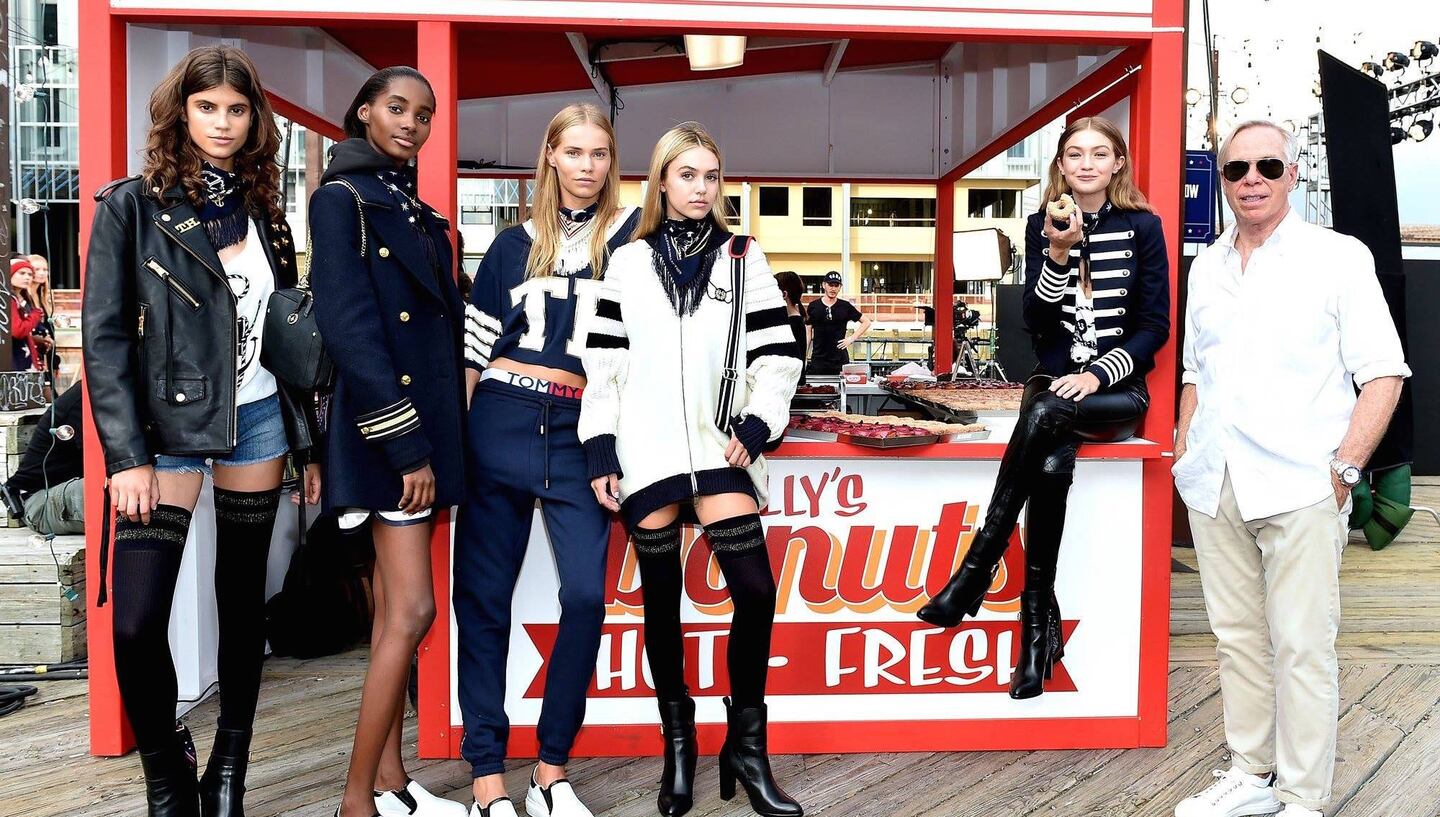
The Business of Fashion
Agenda-setting intelligence, analysis and advice for the global fashion community.

Agenda-setting intelligence, analysis and advice for the global fashion community.

NEW YORK, United States — In a world where younger consumers can summon a car or a meal at the click of a button, fashion houses are realising that their next generation of customers is not keen to wait six months for runway styles to hit store shelves.
Millennials' impatience has brands such as Tommy Hilfiger, Ralph Lauren Corp., Coach Inc., Michael Kors Holdings Ltd. and Tom Ford turning their New York Fashion Week runway shows into a so-called see-now-buy-now format. That is transforming the event — previously a showcase for industry insiders and items that will not appear until the following season — into a source of cold, hard, immediate sales.
Global fashion brands — struggling with economic uncertainty, declining sales to tourists and the rise of fast-fashion and online rivals — are looking for ways to reinvigorate demand and generate buzz. The recent rough patch is forcing companies that had thrived on tradition and exclusivity to innovate and experiment with technology to woo younger shoppers.
“The fashion industry has always been a little bit slower to adapt when it came to online and social media because brands by natural are controlling of their image, and when you embrace social media, you do lose some control,” said Robert Burke, a luxury fashion consultant. “The reality is that the customer today is just as comfortable going to buy online. They expect and demand that.”
ADVERTISEMENT
Live Streaming
Ralph Lauren live-streamed its fashion show outside of its store New York’s Upper East Side on social-media platforms including Facebook, China’s Youku and South Korea’s Kakao messaging service. The company then made the entire collection — from an $890 western shirt to a $7,990 embroidered gown — for sale on its website and major stores worldwide.
Ralph Lauren chief executive officer Stefan Larsson said the biggest challenge for the almost 50-year-old brand is adapting to the mindset of today’s consumers, who are more informed and connected than ever.
“When we saw that consumers more and more are into what used to be an industry event — the fashion week and the show and even behind the scenes — then we said it does not make sense to invite them to fall in love with the products and then wait six months,” he said in an interview. “So we said let’s change our way of thinking about this.”
Tommy’s Fairground
Tommy Hilfiger, owned by PVH Corp., turned a pier in Lower Manhattan into a fairground with a 40-foot Ferris wheel and a temporary tattoo parlour to showcase its navy and military collection designed with model and social-media star Gigi Hadid. For the first time, it allowed customers around the world to buy clothes online straight off the runway as the show streamed live on its website.
It also experimented with Facebook Messenger’s chatbot, which simulates conversations with customers. Some items, including a $95 bodysuit, were sold out overnight, and its Instagram account also garnered tens of thousands of likes and comments from fans across the world.
“It wasn’t done just for the editors or magazines but for consumers and the bloggers; it was very democratic,” Burke said. “It created everything everyone is trying to do with see-now-buy-now. They created the hype and then they were able to turn it into sales.”
ADVERTISEMENT
Elvis Collection
Coach took a similar tactic. A day after its fashion show — which used a stake of rusted, antique cars as a backdrop — the company made available for sale the limited edition of its collection inspired by rock legend Elvis Presley.
Michael Kors's models, including 20-year-old Kendall Jenner, walked the runway to live music by singer Rufus Wainwright, and the brand initially filled its front page with Instagram postings of a South Korean model, a London fashion blogger and other social-media influencers. Hours later, a few of the items went on sale in limited quantities online in the US and some stores.
Potential Pitfalls
While social media can drive excitement for the fashion houses, it also poses the threat that brands will become overexposed or lose control of their image. The see-now-buy-now concept presents additional challenges: Fashion houses have to plan the right inventory to avoid unsold goods ending up in discount stores, said Chris Paradysz, founder of digital marketing agency PMX Agency.
“They can sell a lot of products and be wrong, or sell a lot of products and be right, and still be wrong because they didn’t buy enough of it,” he said.
To catch the impulse of consumers who just finished watching the fashion show, Tommy Hilfiger built a pop-up shop near the runway. The buzz generated at the catwalk worked for Stefanie Dwiggins, a designer working for a bridal and evening-wear company in New York.
“A lot of the stuff is cool — I didn’t expect it to be like this,” the 25-year-old said, carrying a shopping bag with her newly purchased shirt. “I was able to walk, eat and shop. That experience puts you in the mood and gives you the excitement to buy.”
By Stephanie Wong; editors: Nick Turner and Kevin Orland.
From analysis of the global fashion and beauty industries to career and personal advice, BoF’s founder and CEO, Imran Amed, will be answering your questions on Sunday, February 18, 2024 during London Fashion Week.
The State of Fashion 2024 breaks down the 10 themes that will define the industry in the year ahead.
Imran Amed reviews the most important fashion stories of the year and shares his predictions on what this means for the industry in 2024.
After three days of inspiring talks, guests closed out BoF’s gathering for big thinkers with a black tie gala followed by an intimate performance from Rita Ora — guest starring Billy Porter.